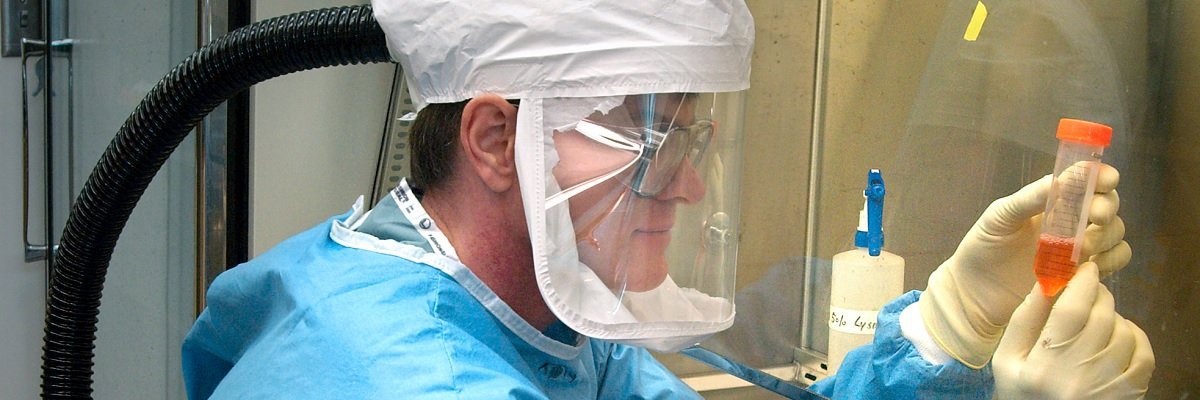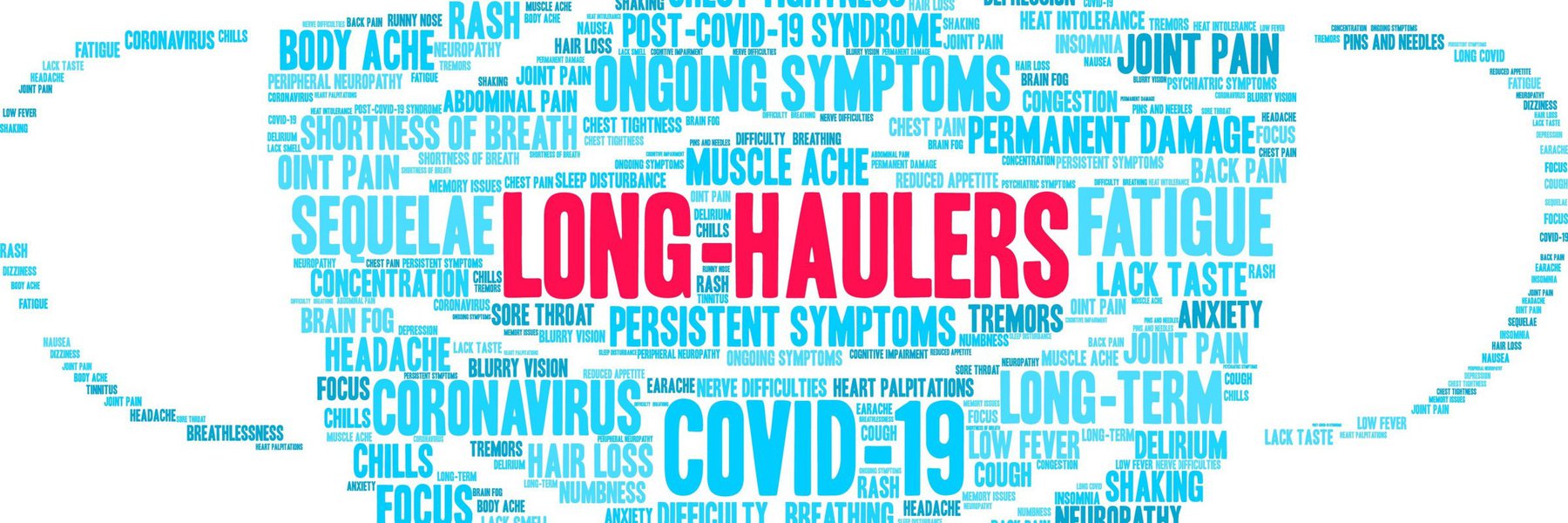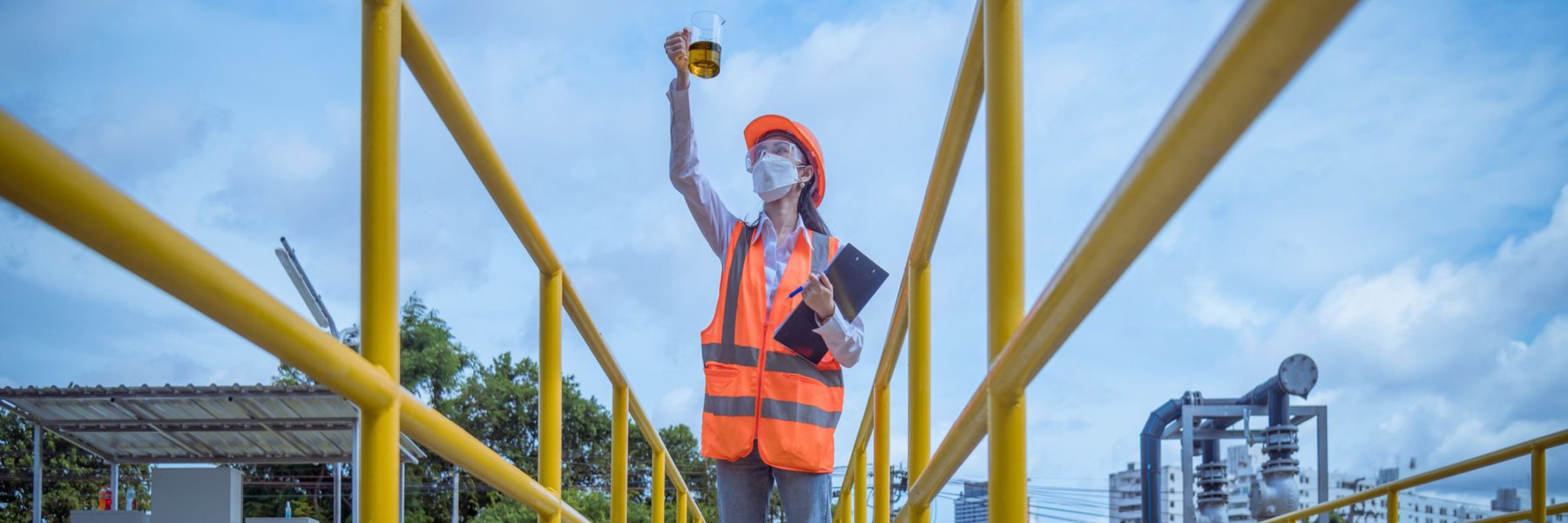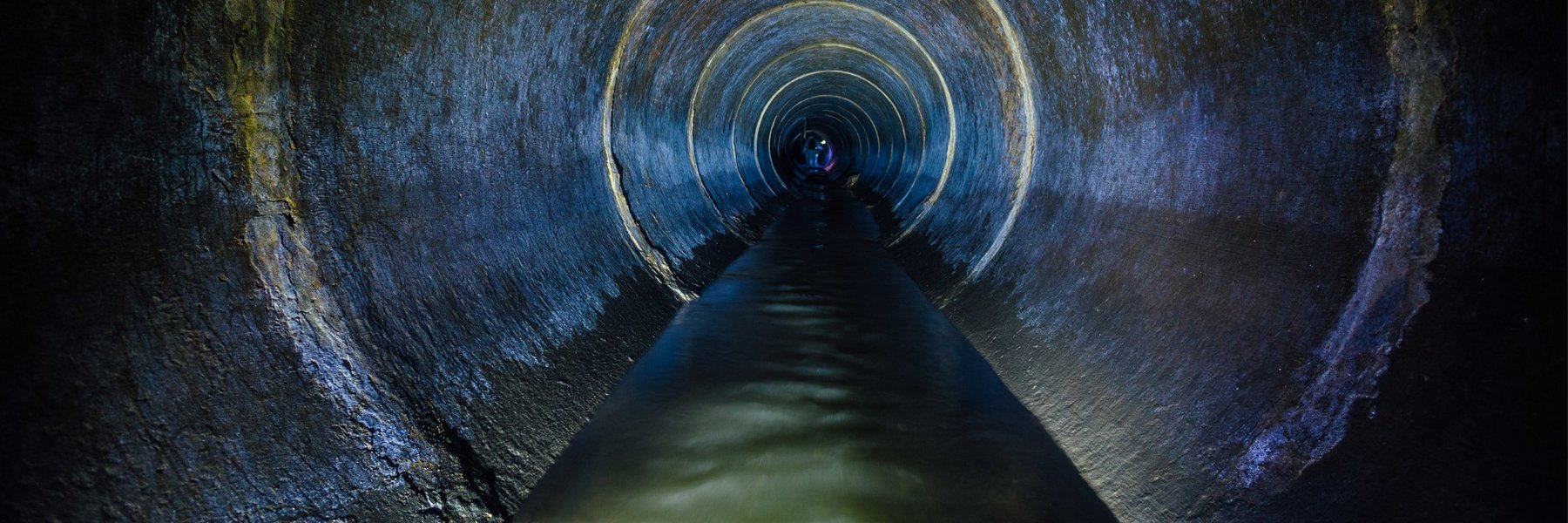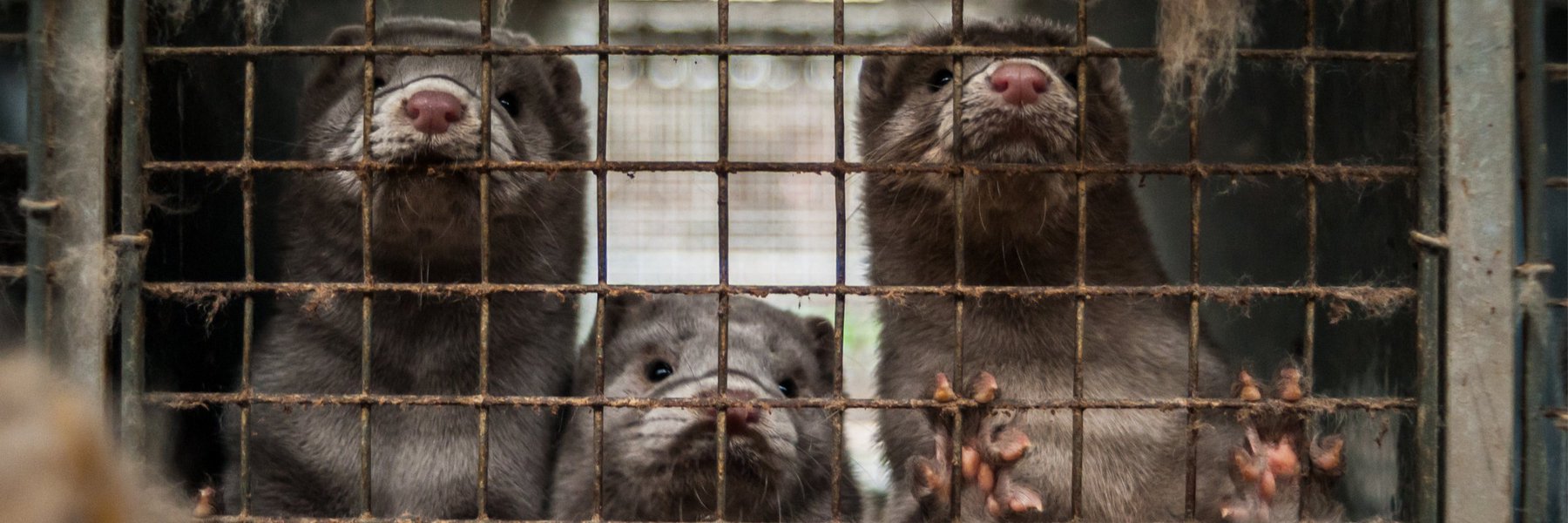In late 2013, Bradley Campbell asked the Centers for Disease Control (CDC) for a list of all their labs operating at the highest biosafety level - and therefore dealing with the deadliest pathogens - the CDC rejected the request on national security grounds claiming thy could “neither confirm nor deny” that information.

Bradley pushed back with a formal appeal, arguing that since the CDC has an entire section of their website devoted to biosafety levels, the Glomar rejection couldn’t reasonably apply. The CDC acknowledge the appeal a month later, and Bradley waited for their response.
And waited and waited. Two and half years later, the CDC finally got back to him with their response -
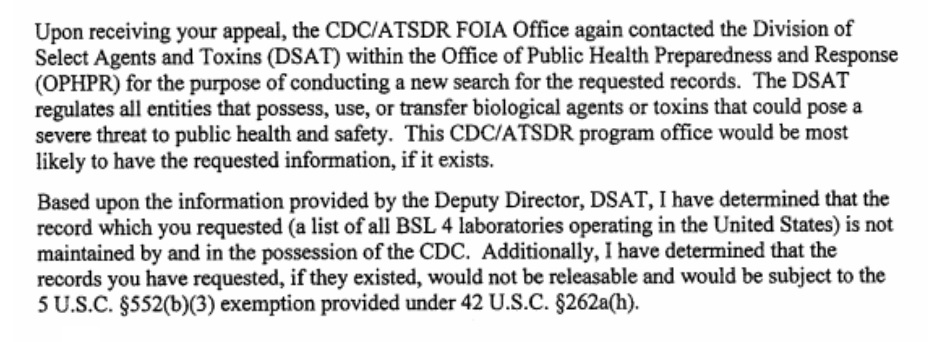
So does this mean that there could be scientists on every streetcorner mucking about with superbugs and the American public is none the wiser? Not quite. As the amazing Alison Young of USA Today explains …
@a_marshall_plan @resentfultweet 1/ Sort of true. CDC's Select Agent lab regulators keep lists of labs authorized to work with select agents
— Alison Young (@alisonannyoung) February 17, 2017
@a_marshall_plan @resentfultweet 2/ BSL-4 pathogens like Ebola are select agents https://t.co/OO5SPwlBqa CDC knows all select agent BLS4s
— Alison Young (@alisonannyoung) February 17, 2017
@a_marshall_plan @resentfultweet 3/ Technically they don't keep a list of BSL-4 labs generally. CDC broadly interprets bioterrorism law.
— Alison Young (@alisonannyoung) February 18, 2017
Which makes the most disturbing part of this story the fact that Bradley had to wait three years for a non-answer. To paraphrase C.S. Lewis, “bureaucracy is far scarier than bacteria.”
Read the CDC’s full response embedded below, or on the request page.
Image via Wikimedia Commons
